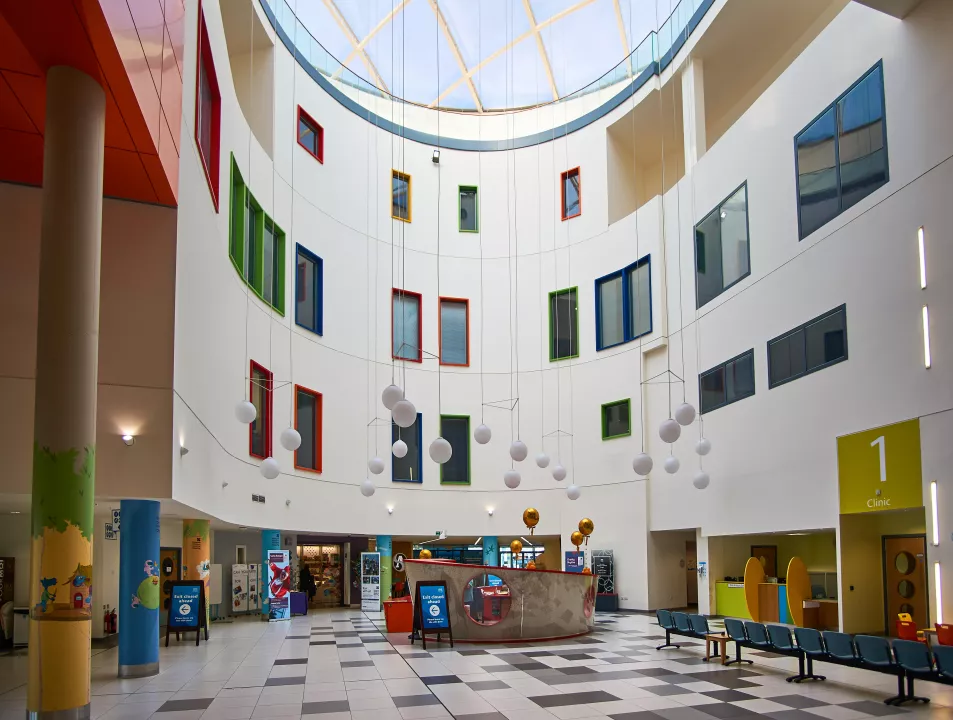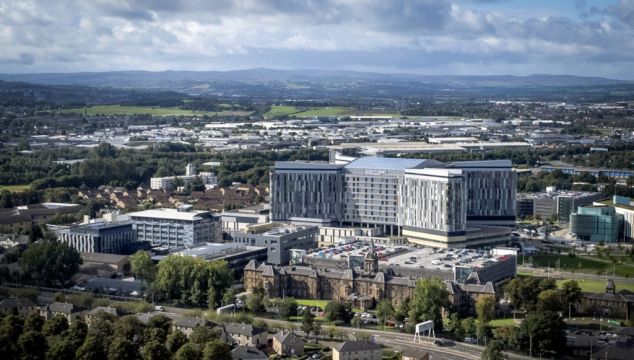One of Scotland’s leading paediatric doctors said she still does not know what happened at a multi-million pound super hospital to cause infections in a children’s ward.
Professor Brenda Gibson, a consultant paediatric haematologist, gave evidence to the Scottish Hospitals Inquiry on Monday, which is investigating a series of contamination issues at the £840 million Queen Elizabeth University Hospital in Glasgow.
Scottish ministers announced the inquiry in the wake of deaths linked to infections at the hospital, including that of 10-year-old Millie Main, who was being treated for cancer at the children’s hospital that is part of the same campus.
But on Monday, Professor Gibson, lead of the Schiehallion haemato-oncology unit, said: “There are two versions of what’s happened. There is a real environmental problem (and) there’s no environmental problem at all. I still don’t know which is true.
“All I can say is we have had our £11 million refurbishment and we now have what is said to be the best ventilation system that money can buy and we have got water that is coming out of a post-filter tap which has no bacteria in it.”
The professor told inquiry chairman Lord Brodie that she had tried to get explanations for what the issues were at the hospital from the most senior management at NHS Greater Glasgow and Clyde.
Alastair Duncan KC, the inquiry’s senior counsel, asked her if she had ever had an answer to what was happening from the very highest level. She replied: “No.”
Contamination issues have been linked with water quality and ventilation systems in the super-hospital, which opened in April 2015.
The Inquiry will begin hearing evidence today in relation the Queen Elizabeth University Hospital (QEUH).
The first witness is Prof Brenda Gibson. Follow her evidence here: https://t.co/egrtmLmkJ1 pic.twitter.com/hyI7o0htpC— Scottish Hospitals Inquiry (@ScotHospInquiry) June 12, 2023
Advertisement
The inquiry heard patients in the ward had been moved because of concerns, and then had to be moved again because issues persisted.
During her day-long evidence session, the professor said: “For all of how awful this has been, I do think we are a great team.
“I built the unit and I’m very proud of each and every one of them who’s worked in it and, you know, has survived this.
“As Churchill said, when you find yourself walking in hell keep walking. And that’s what we did.

“We did our best and we just want everybody to appreciate that we did do our best, and that we did try endlessly to bring attention to the concerns we had to those above us.”
The toll it had on families had been “considerable”, she said. And there had also been an impact on staff, she added.
“Some people have described themselves as destroyed,” she told the inquiry.
“You can’t reassure or tell somebody not to worry about something if you don’t know what the root cause is or what the problem truly is.
“So it was very difficult trying to be reassuring and honest and supportive at the same time.
“And I think as a team we did question what we were doing all of the time, was it right what we were doing, but we did all of this in the background of actually being told on the one hand there was a problem, and on one hand there was no problem.”
The inquiry heard there was an “enormous amount of stress” suffered by the staff, and she had never seen a “toll taken on staff like it”.
She said: “One has to recognise that the biggest toll was taken by the parents, and I would never say anything that sounded as if I didn’t recognise that because I do, but the strain on some of them, particularly nursing staff, was huge.”
The professor told the inquiry that the responsibility for providing a safe environment for patients lies with the health board.
The unit had been based at Yorkhill in the city, and plans were drawn up for it to be moved. Professor Gibson said there had been “very limited consultation”.
Professor Gibson told the hearing she had no involvement with ventilation or water systems, and her department’s involvement was “purely in deciding how we would allocate the space”.
Upon moving into the hospital, the inquiry heard, there were sewage leaks, cladding issues, and windows falling out.
The inquiry also heard there were issues with temperature, blinds, televisions not working, and also issues with the smell of a nearby sewage treatment works.

Professor Gibson is the lead clinician for the haematology and oncology service based in the Royal Hospital for Children in Glasgow.
The inquiry is also examining problems that led to the delay in the opening of the new Royal Hospital for Children and Young People in Edinburgh.
It continues on Tuesday.







